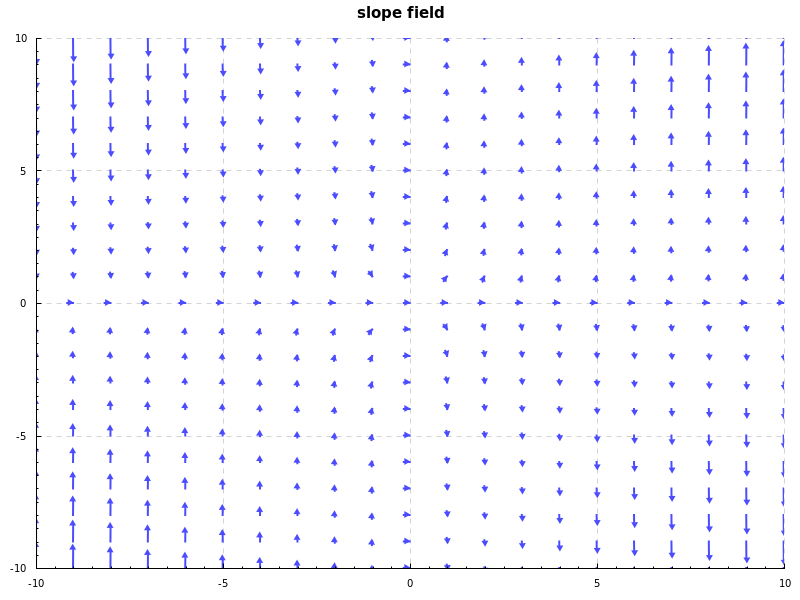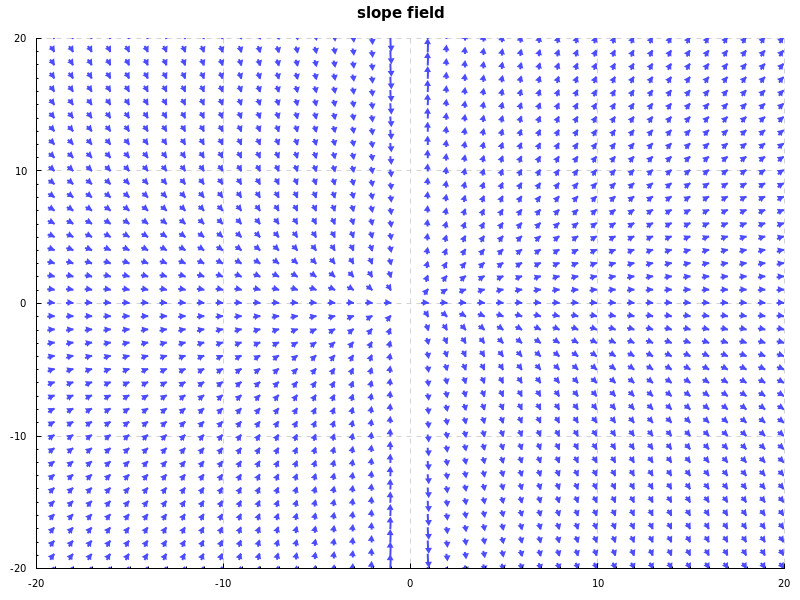slope-field alternatives and similar packages
Based on the "Web" category.
Alternatively, view slope-field alternatives based on common mentions on social networks and blogs.
-
haskell-bitmex-rest
swagger-codegen contains a template-driven engine to generate documentation, API clients and server stubs in different languages by parsing your OpenAPI / Swagger definition. -
swagger-petstore
swagger-codegen contains a template-driven engine to generate documentation, API clients and server stubs in different languages by parsing your OpenAPI / Swagger definition. -
servant
Main repository for the servant libraries — DSL for describing, serving, querying, mocking, documenting web applications and more! -
yesod-persistent
A RESTful Haskell web framework built on WAI. -
scotty
Haskell web framework inspired by Ruby's Sinatra, using WAI and Warp (Official Repository) -
neuron
Future-proof note-taking and publishing based on Zettelkasten (superseded by Emanote: https://github.com/srid/emanote) -
haskell-kubernetes
Haskell bindings to the Kubernetes API (via swagger-codegen) -
apecs-gloss
a fast, extensible, type driven Haskell ECS framework for games -
digestive-functors
A general way to consume input using applicative functors -
tagsoup
Haskell library for parsing and extracting information from (possibly malformed) HTML/XML documents -
airship
Helium + Webmachine = Airship. A toolkit for building declarative, RESTful web apps. -
hbro
[Unmaintained] A minimal web-browser written and configured in Haskell. -
backprop
Heterogeneous automatic differentiation ("backpropagation") in Haskell -
servant-elm
Automatically derive Elm functions to query servant webservices -
keera-hails-reactive-htmldom
Keera Hails: Haskell on Rails - Reactive Programming Framework for Interactive Haskell applications -
kubernetes-client-core
Haskell client for the kubernetes API. A work in progress. -
ghcjs-base
base library for GHCJS for JavaScript interaction and marshalling, used by higher level libraries like JSC -
ghcjs-dom
Make Document Object Model (DOM) apps that run in any browser and natively using WebKitGtk
WorkOS - The modern identity platform for B2B SaaS
* Code Quality Rankings and insights are calculated and provided by Lumnify.
They vary from L1 to L5 with "L5" being the highest.
Do you think we are missing an alternative of slope-field or a related project?
README
slope-field 
I was studying this course on Integration when I encountered slope fields and I found them interesting!
So I thought I would give it a shot and try to write a program to draw slope fields myself! In order to read a mathematical function definition from input, I wrote mathexpr.
Get Started
If you haven't already, install Haskell Platform.
git clone https://github.com/mdibaiee/slope-field
cd slope-field
stack install
slope-field
Examples
Parameters:
- dy/dx: derivative of the function you are trying to visualize
- range: range of numbers to draw
- estimation size: size of
deltaxwhich is used to draw the slope corresponding to a small point,0.03is usually a good number, but you might want to try out larger numbers to get a more detailed picture on some examplesdy/dx = x + y range - format: (lower, upper): (-10, 10) estimation size: 0.03

dy/dx =
x * y
range - format: (lower, upper):
(-10, 10)
estimation size:
0.03

dy/dx =
-y
range - format: (lower, upper):
(-10, 10)
estimation size:
0.03

dy/dx =
y/x
range - format: (lower, upper):
(-20, 20)
estimation size:
0.1



